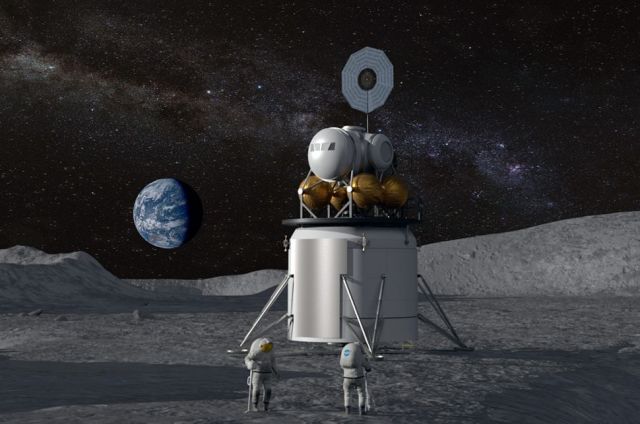The United States has not yet shifted the expected dates
WASHINGTON, May 23rd. /tass/. The United States has not yet shifted the estimated timing of the first manned test flight to the Moon under the Artemis program and they assume that it will take place in September next year. This was announced by Bill Nelson, Director of the US National Aeronautics and Space Administration (NASA).
"We believe that September 2025 represents a realistic date for [the launch of] Artemis II," he said, speaking at a hearing before the Senate Appropriations Committee. Artemis II is the first manned test flight to the moon. At the same time, Nelson confirmed that the approximate date of the Artemis III mission to land astronauts near the South Pole of the Moon is "September 2026." "We are still moving on schedule by September 2025. Artemis II meets all the phased requirements," said the head of NASA.
At the same time, he clarified that specialists from the American space agency are currently conducting an additional check of the thermal protective coating of the Orion spacecraft, in which astronauts are planned to be sent to the Moon as part of the Artemis program. "We are conducting additional verification in connection with unusual phenomena observed with the thermal protective coating. And, of course, the launch will not happen until we are ready for it," Nelson stressed, without going into details.
NASA announced the postponement of the lunar missions Artemis II and Artemis III by a year in January. Initially, their launch was planned to be carried out in 2022 and 2024, respectively, but these deadlines were repeatedly shifted. At the same time, plans for the implementation of the fourth stage of the program (Artemis IV) - a mission involving the delivery of astronauts to the Gateway lunar station being developed by the United States and subsequent landing on the Moon - are not currently being adjusted. The launch is still scheduled for 2028.
NASA has announced the Artemis lunar program project, which will consist of three stages, in the spring of 2019. The first of them (Artemis I) provided for an unmanned flight of the Orion spacecraft mounted on a superheavy Space Launch System (SLS) rocket around the Moon and its return to Earth. The flight took place on November 16 - December 11, 2022. The second stage of the program (Artemis II) involves a flyby of the Earth's natural satellite with a crew on board. At the third stage of the mission (Artemis III), NASA expects to land astronauts on the Moon, and then send them to Mars approximately in the mid-2030s.
The name of the program was not chosen by chance. The ancient Greek goddess Artemis was the sister of Apollo, whose name was borne by the first US lunar program of the 60-70s of the last century.
The Apollo Lunar Program
The United States sent the Apollo 11 spacecraft ("Apollo 11") to the Moon using a Saturn V launch vehicle on July 16, 1969. The expedition's lander made the first ever moon landing on July 20 of the same year. Then two astronauts landed on the surface of the Earth's natural satellite: the commander of the ship Neil Armstrong (1930-2012) and the pilot of the lunar module Edwin (Buzz) Aldrin (born in 1930).
During the five flights that followed, astronauts also successfully landed on the moon. The last of them was in 1972, with the crew of Apollo 17.
In total, 12 American astronauts visited the Moon as part of six expeditions. Over 180 kg of lunar soil samples were delivered to Earth.

